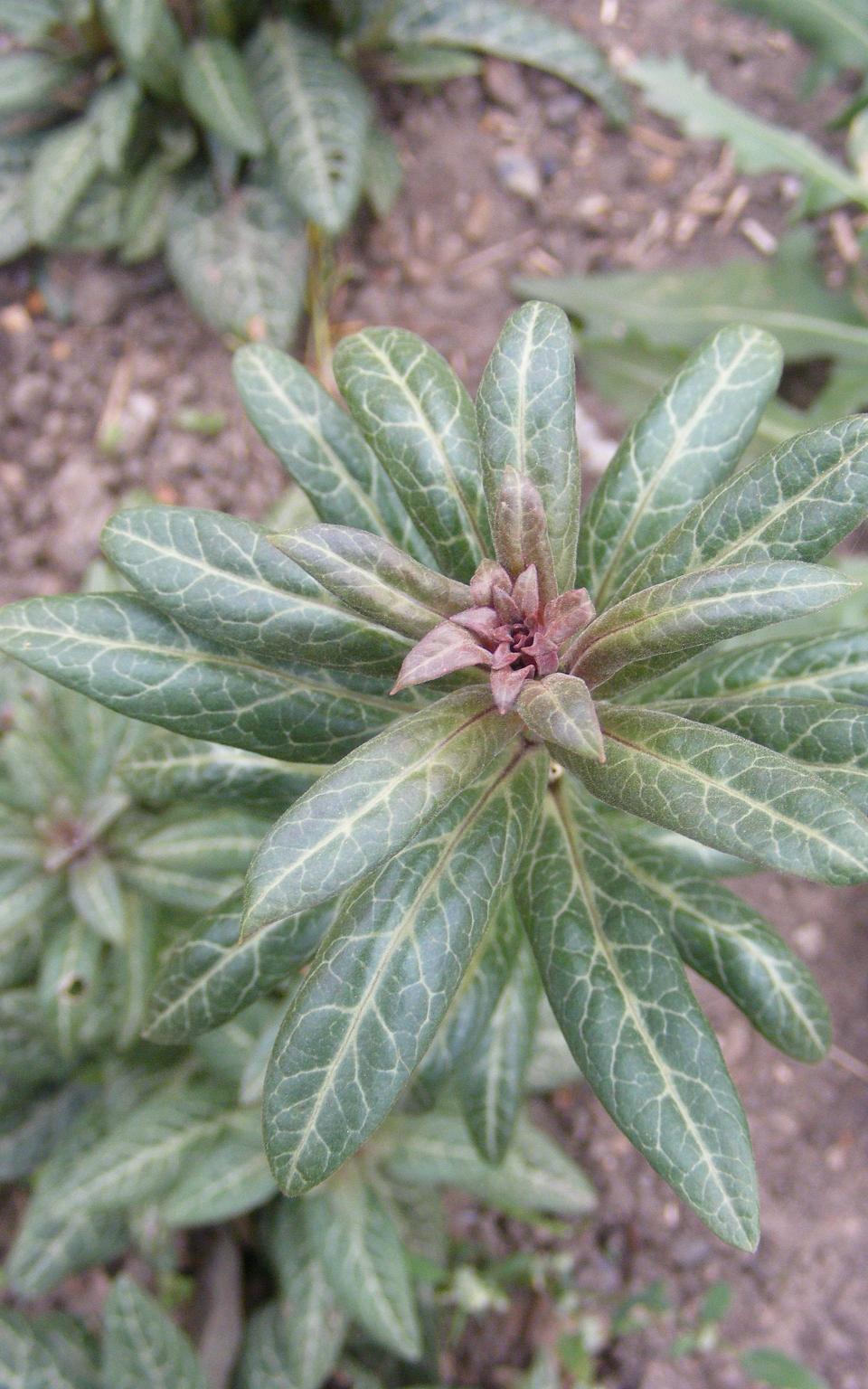Plants driven to extinction at twice rate of mammals, birds and amphibians

Twice the number of plants have been driven to extinction in the last 250 years than all the birds, mammals and amphibians combined, a 30 year research project has found.
Scientists, including experts from The Royal Botanic Gardens at Kew, discovered that 571 species have completely disappeared in the wild since the middle of the 18th century.
Kew botanist Rafael Govaerts has spent the last 30 years reviewing all publications on plant extinctions and found the number was four times more than are registered in current listings, with species disappearing at 500 times the natural rate.
Many have been eradicated through man-made habitat loss, such as the Hieracium Hethlandiae, a small yellow flower wiped out through overgrazing by sheep and quarrying on Shetland.
Mr Govaerts said: “It’s very bad. We’re already past a runaway point. Every species that becomes extinct is supporting other organisms that also become extinct at the same time, and many we don’t even know about it before it happens.
“The English oak for example, if it were to go extinct, there are around 400 species and animals that rely on it so the implications are far wider than just losing one species of plant.
“And when native plants disappear it allows invasive species to take root so the whole ecosystem changes very rapidly.”
It is the first time anyone has gone through all the records of reported extinctions dating back 250 years.
The study found the highest rates of plant extinction to be on islands, in the tropics and in areas with a Mediterranean climate which are home to many unique species vulnerable to human activities.
Plants such as the Chile sandalwood, Santalum fernandezianum, once grew in abundance on the Juan Fernández Islands which lie between Chile and Easter island, but were exploited for its aromatic properties and by the end of the 19th century most of the trees had been cut down.

The last tree was photographed on August 28, 1908 on Robinson Crusoe island by Carl Skottsberg.
Likewise the banded trinity was discovered in 1912 along Torrence Avenue in South Chicago but the site was destroyed just five years later and the plant was never seen again.
However, the team also found that more species were alive than had been reported extinct. Originally, more than 1,000 plants were believed to have perished forever, but when scientists looked for them, they found they were still present.
One such species was the Silene Tomentosa, a small white flower which was once widespread on the rock of Gibraltar but thought to now be extinct. However it was found flourishing on paths running up the rock. The Hieracium Hethlandiae of Shetland was also found to have survived in botanic gardens and botanists are hoping to reintroduce it into the wild.
The researchers have called on more work to record plants before they die out so they can be conserved and are calling on gardeners to help struggling species by leaving a patch of ground wild, and learning about local plants.
Dr Eimear Nic Lughadha, Co-author and Conservation Scientist at Kew added: “Plants underpin all life on earth, they provide the oxygen we breathe and the food we eat, as well as making up the backbone of the world’s ecosystems – so plant extinction is bad news for all species.
“This new understanding of plant extinction will help us predict (and try to prevent) future extinctions of plants, as well as other organisms.
“Millions of other species depend on plants for their survival, humans included, so knowing which plants we are losing and from where, will feed back into conservation programmes targeting other organisms as well.”
The research was published in the journal Nature, Ecology and Evolution.

 Yahoo News
Yahoo News 